How To Eat Healthy On A Budget – healthy eating tips, easy recipe ideas and ways to save money when you’re on a tight budget.
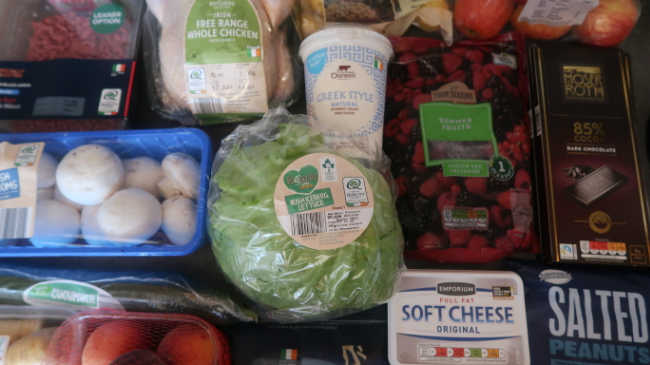
How To Eat Healthy On A Budget
This how to eat healthy on a budget guide will inspire you with ideas for fresh produce to buy at the grocery store, easy meals to enjoy the healthy food in and tips to help you reduce food waste.
These strategies have helped me to reduce my families grocery budget, and keep it down despite the current worldwide price rises.
You’ll see there are a number of simple ways to help you reduce your own food budget and save a lot of money too.
To me, a healthy diet includes one of fresh food, as many made from scratch, homemade meals and as little processed foods as possible. I try to include plenty of fresh fruit, vegetables, eggs, dairy, meat, chicken, fish and whole grains in the meals I prepare, to provide my family with a whole range of nutritious ingredients.
If you’re new to healthy eating, just try to make one healthy choice at a time, without putting too much pressure on yourself. For example, try to snack on fresh fruit instead of processed foods, then try to include a new vegetable in your diet each week, while cutting out one unprocessed food at a time out. Be kind to yourself, forgive yourself any mishaps and keep moving forward.
You’ll find that buying and cooking fresh, local produce is much more budget friendly in the long run than eating take aways and processed foods, it just takes one small change at a time.
Use What You Already Have
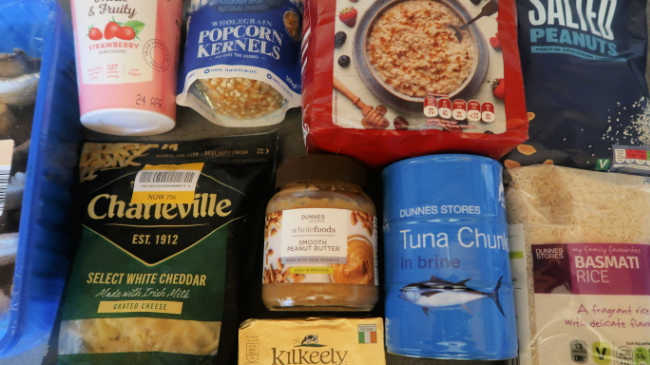
A great way to get started is by taking stock of the nutritious foods you already have in your kitchen that you can turn into healthy meals for your upcoming weekly meal plan.
Search through your fridge, freezer, pantry and anywhere else in your kitchen that you store food to enjoy significant savings before even entering a grocery store.
This will help you use up what you already have, including reducing the risk of wasting produce that is almost beyond it’s best. I tend to turn any lingering vegetables into soup or stock to enjoy through the week, this helps virtually eliminate food waste.
Meal Planning For The Week

Decide on the meals you plan to make in the following week, made up of items you already have to hand and ideally budget friendly ingredients to make up the difference.
You’ll also want to take a look at your local grocery store catalog or sales flyers to see if there are any great deals or a special sale price on foods that can find their way into your meal plan and onto your grocery list.
Fresh produce that’s in season tends to be cheaper, so have a quick google search for your area, the current month and what’s in season. Then, turn to google or pinterest to search for recipes that make the most of cheaper, in season fresh fruits and vegetables to include in your menu plan.
If you have a slow cooker then you can look up slow cooker recipes that make the most of whole foods that are in season to include in your eating plan.

Aim to include cheaper cuts of meat and chicken over more expensive pieces. Also consider making meat go further and consuming less meat by swapping some of the meat for black beans, lentils or vegetables to further reduce your weekly meat bill.
You’ll find that swapping chicken breasts for a whole chicken is the best way enjoy nutritious chicken in your diet in a more budget friendly way.
Plan how you’ll use leftovers to make meals go further. When I roast a whole chicken I use the leftovers in lunches the following days and the bones to make chicken soup to enjoy in even more meals.
Also think about what foods you can make yourself instead of buying as pricier pre-packaged items. For example healthy snacks like granola bars and popcorn are easy to make at home and much cheaper to make yourself than to buy already made.
How To Eat Healthy On A Budget – 10 Easy Recipes
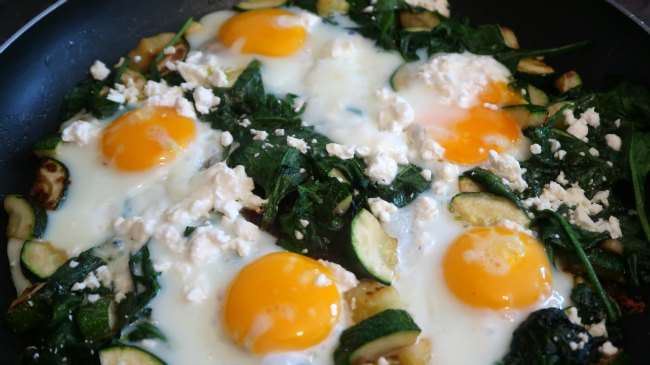
These are 10 of our favorite easy recipes for nutritious meals to help you make the most of the delicious food that you find with these how to eat healthy on a budget tips:
- Green Shakshuka
- Pizza Omelette
- Chocolate Banana Oatmeal
- 4 Ingredient Broccoli Salad
- Chicken Soup With Drumsticks
- Egg Roll In A Bowl
- Irish Corned Beef and Cabbage
- Yogurt Roasted Chicken
- Best Ever Chicken Bake
- Shepherd’s Pie With Sweet Potatoes
Calculate Your Budget & Make Your Shopping List
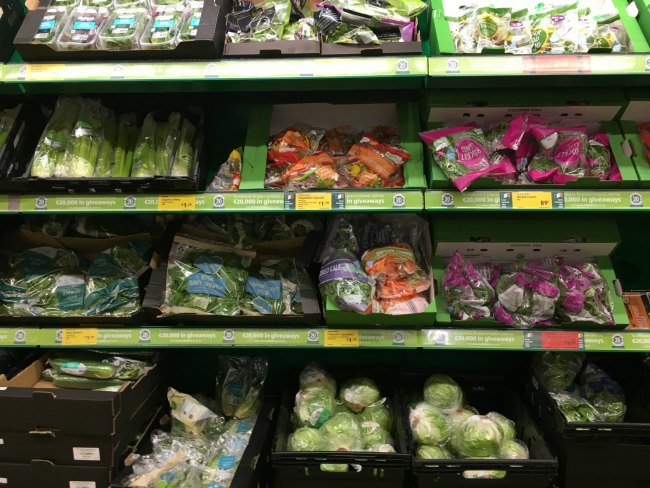
Once you’ve taken stock of what you already have in your kitchen, make a shopping list of what you need to fill in the blanks to create meals through the week for your healthy diet.
Work out your grocery budget and do your very best to stick to it. I find that an easy way to to this is that I tend to walk around the supermarket with the calculator on my phone out, adding up as I add items to my shopping so I know where I stand.
Then, as I get closer to finishing my shop I know whether I have space in my budget to add extra items or have to swap out some items on my list that maybe aren’t as necessary so that I stick to my budget.
If there’s room in your budget, also consider slowly stocking up on shelf stable healthy options that can see you through leaner weeks when there’s not as much money in your grocery budget.
This includes healthy staples like brown rice or white rice, oats, pasta, beans, flour, sugar, peanut butter and tuna which can all be mixed and matched to create tasty meals if needed.
Pick Where To Shop
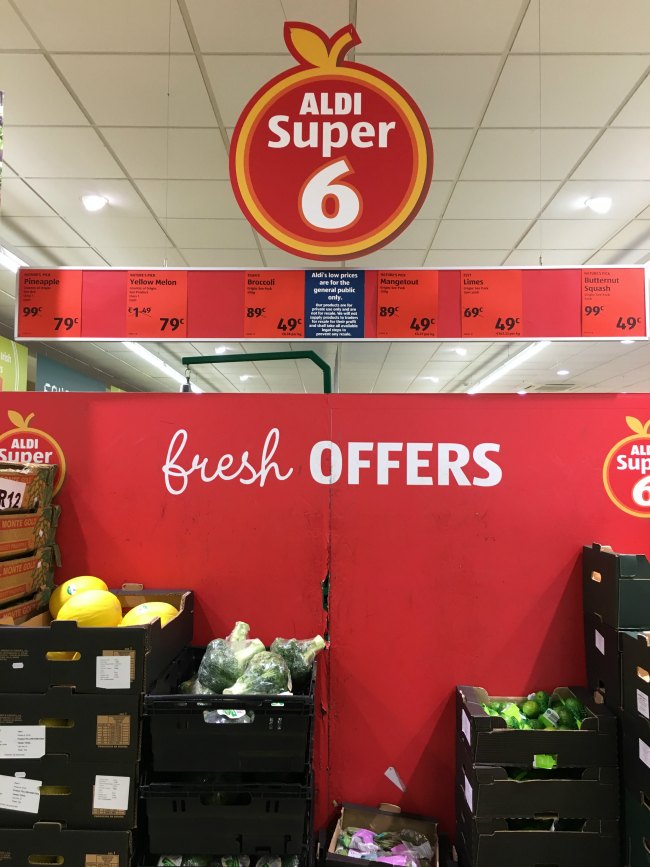
While there are often benefits to sticking to one grocery store over the other, shop around to find the best deals. I tend to shop at both a local supermarket (Dunnes Stores, here in Ireland) as well as ALDI, so that I get the benefit of low food prices that discount stores like ALDI offers, as well as the weekly store coupon and other benefits offered by the Dunnes loyalty program.
You may find that skipping the physical grocery store and shopping online is a great way to potentially save you even more money by being able to strictly stick to your grocery list without the temptation of junk food that surrounds you in a physical store. You may even be offered coupons for a discounted online shop and free delivery for your first shop to further add to your savings.
Another option for food shopping is finding local farmer’s markets offering in season produce, or even seeing if you can buy direct from a local farm to save even more money.
It’s up to you whether to buy organic food and grass-fed meat or not. Do your research into organic produce and the difference between conventional farming methods and choose what fits your lifestyle and budget.
Also consider growing your own fruit and vegetables. This year is actually the very first year I’ve actually started to attempt to grow my own food. I’m starting small with just a few vegetables, so I can learn how to grow and then in future years plan to use that knowledge to grow even more.
I’m finding that YouTube tutorials are the biggest help in finding the best tips. Simply search for how to grow your chosen vegetable and there are plenty of informative videos that will show you step by step how to grow your own vegetables and in the long run reduce your grocery store budget.
Save Money In Store
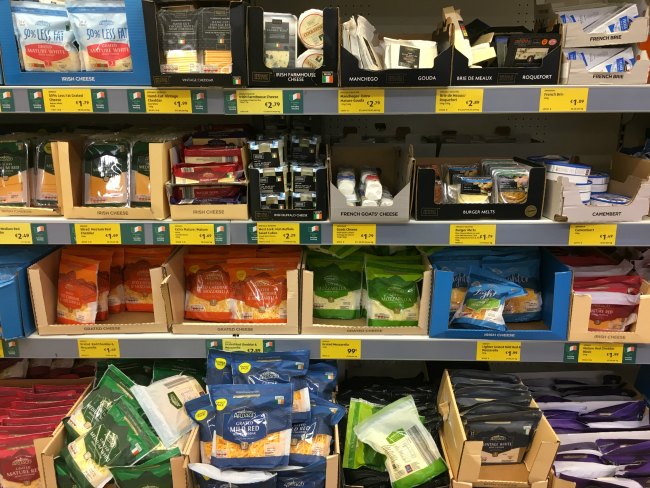
Firstly, try and avoid shopping on an empty stomach, try and head to the grocery store after breakfast, lunch or dinner so that you don’t end up buying foods to fill your immediate hunger rather than foods you actually need that are on your shopping list.
I also find it much easier to stick to my budget when I shop alone, without my kids or Husband who often not so subtly add expensive items that are definitely not on the shopping list into the shopping cart while they think I’m distracted.
While I try to avoid impulse purchases, I’m always on the lookout for a good deal to add to my shopping cart. So, while I tend to stick to my grocery list to the best of my ability, once I’m in the store I allow a little wiggle room in my budget for food items that may be on sale or reduced because it’s close to it’s expiration date.
A good idea is to compare the unit price on products so that you can get the best deal on the food items you’re after. Large quantities tend to be cheaper in the long run than buying single use or smaller sized items.
You’ll find that brand names tend to be more expensive, so you can often get your food costs down simply by swapping from name brands to generic brands that often tend to be the lowest price and can sometimes even be made in the same place, but have a different label popped on.
Depending on the time of year and what’s available in your area, you may find that certain frozen fruit and vegetables are cheaper than fresh fruits and vegetables, and will last so much longer because you can store them in your freezer and use them at your leisure rather than risk them spoiling if not eaten in time.
Plus, frozen fruit and vegetables have been shown to not only hold their nutritional value, but sometimes become even more nutritious when cooked from frozen. (Source.)
We usually keep frozen peas, corn and mixed berries in the freezer to enjoy no matter the season and they also come in handy when we run out of fresh fruit and vegetables.
The final tip for saving money, is to diligently read through the receipt before leaving the store, with good reason. At least once every couple of months I notice an error – either an item was scanned twice or at the wrong price and then I can immediately go back to the register or the customer service desk to have the problem fixed and receive a refund for the error amount.
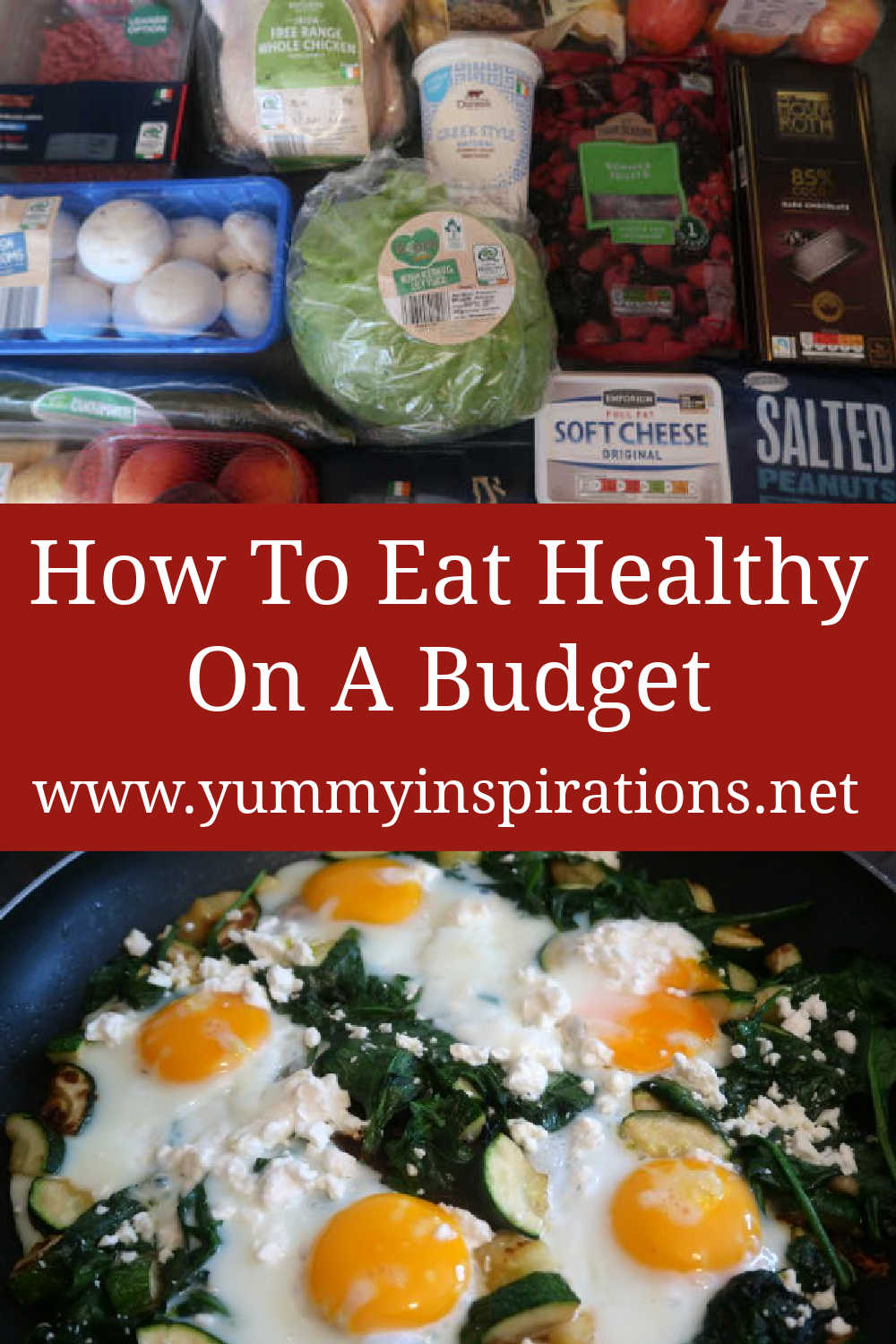
I really hope that these tips will help you save money and thrive through the current, and potentially upcoming, food price rises. Good luck!
How To Eat Healthy On A Budget Video
Here’s the video where I talk you through more tips for how to eat healthy on a budget, with the help of a recent grocery haul of budget friendly foods from ALDI Supermarket. Hit play below or click here to watch on YouTube.
Budget Cooking Inspiration
Here are some recipes and ideas for cooking meals on a budget:
Disclosure – this post contains affiliate links.
